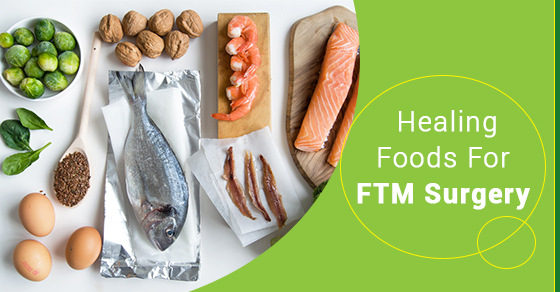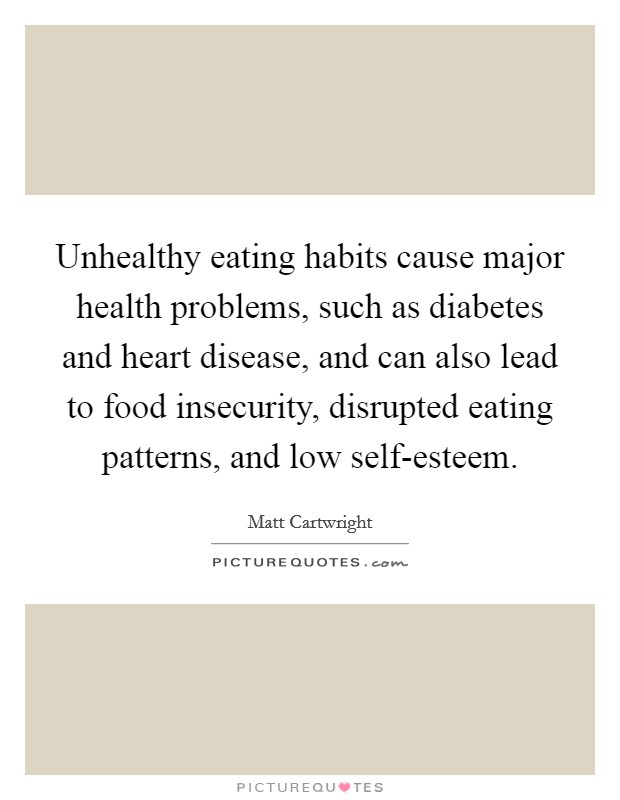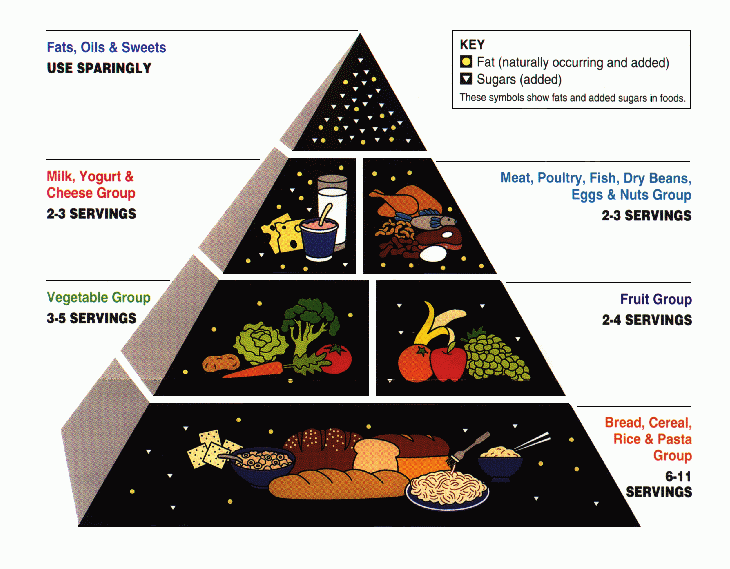
The best food for runners should provide a range of essential nutrients that will support their daily exercise. A healthy diet should include protein, but it is important that you choose the right source. The ideal source of animal protein should be chicken or fish. For energy, vegetables must be paired with other carbohydrate sources. Everybody should eat five portions of fruit and vegetables per day, but runners should eat more. Runners will be able to get more fiber and vitamins, which can keep them going and help reduce the need for replenishing nutrients.
Beans are a runner’s best friend, especially if they have thick skin. They are full complex carbohydrates and fiber. They are rich in potassium, iron and B-vitamins, which can help boost energy. They can also reduce recovery time between training sessions, which can help runners stay in peak condition. Avocados are another good source for healthy fats.
Bananas are a great pre-run snack, as they're packed with energy. They are low in fiber and easy to digest. But they are high in potassium, which can help control blood pressure and prevent strokes. PB and banana are great for runners. Bananas are an excellent choice for runners who want to gain a nutrition boost before their run.
Salmon is another great option. It's high in zinc, which can aid in recovery from a workout. Because salmon is low-calorie, it is also high in potassium as well as vitamin C. Pasta is a popular option for a quick meal before running. Kale is a great source Vitamin K, which helps with bone development. Calcium is also essential for preventing injuries caused by intense exercise, so it's a good idea to incorporate it into your daily meal plan.
Soups are great for breakfast before and after a run. However, they can also be eaten as a starter during the day. Soups are great for pre-runs and training runs. Porridge, and other oat-based cereals, are healthy options. Instant porridge is better for runners than pure porridge. For pre-event breakfast, wheat biscuits and muesli make better choices.

Running requires runners to eat lots of vegetables and protein. These foods may not be high in fat but they are rich in potassium, manganese and other nutrients that are vital for bone health. These foods are high in iron, potassium, and magnesium which are essential for body repair and renewal. They also help to maintain a healthy blood pressure. When choosing foods to eat while running, you must include a variety.
If you're planning to run a long distance, you'll need to make sure that your body is properly fueled for the next few days. A good balance of carbohydrates and proteins is essential for the body's performance. Those who train for long distances should also consider eating fish and wild salmon. Seafood is a great choice for those who don't run yet. It contains omega-3 fatty acids and can improve cardiovascular output. These fatty oils also protect the nervous system from inflammation.
You will need to be cautious about what foods you choose, but it is essential to eat enough protein to keep your body nourished after a long day. To prevent cramps or other stomach issues, you will also need to drink lots of water. These foods contain a lot of calcium and protein. They will give your body an energy boost and prevent fatigue. For athletes, eat more nuts, seeds and less sugary snacks.

The essential part of a runner’s diet must include nuts. They can help you lose weight and increase bone density, and they're great for fueling your body during a long run. The key is to choose nuts wisely, though. These nuts can add calories to your diet so be careful. You'll need to find the right kind of nuts for runners as a lot of runners don’t get enough protein.
FAQ
How do I learn how to cook like an expert?
Cooking is one of the best ways to become a better person. Learning to cook healthy food for yourself and others is a great way to increase self-confidence and develop new skills. Learn how to cook healthy food at home. Find out what recipes you love first. Then, read books about different foods, such as Italian, Mexican, Chinese, etc. Finally, try making different dishes until it becomes second nature.
How much does it cost to study Culinary Arts?
Prices for studying culinary arts vary widely. A four-year degree usually costs around $40,000. A two-year associate degree, on the other hand may cost less than $5,000. Tuition costs vary depending on which program you choose. The prices charged by private institutions are generally higher than the public.
Where can I find high-quality kitchen equipment?
You can buy high-quality kitchen gear online. There are many websites where you can shop for all kitchen tools. Be sure to read customer reviews before you buy any kitchen equipment. If you have similar items to purchase, ask your friends and family if they would recommend them.
What is the cost of a culinary school?
Prices for Culinary School vary depending upon where you go, what program you select, and how long you stay there. Average tuition costs between $10,000 and $30,000. Most students graduate with approximately $20,000 in debt. Some programs offer scholarships, grants, or work-study opportunities.
What is the best way to store leftovers?
Tupperware containers work well for leftovers. These containers protect food from spoilage and keep it fresh. These containers keep food warm for longer periods of time. Frozen leftovers can be kept in freezer bags. You can freeze leftover food by placing it in another freezer bag. This will prevent any air from escaping. Once the food has frozen, you can transfer it to an airtight container like a zipper lock bag.
Statistics
- The median pay for a chef or head cook is $53,380 per year or $25.66/hour, according to the U.S. Bureau of Labor Statistics (BLS). (learnhowtobecome.org)
- In the United States, the category is estimated at $23.2 billion annually and is growing faster than the market. (washingtonpost.com)
- According to the BLS, chefs earn $58,740 a year. (learnhowtobecome.org)
External Links
How To
How to cook a Steak
The thickness of any meat will dictate the cooking method. Thicker steaks cook best at low heat. Thicker steaks require higher temperatures.
Don't overcook them as they will lose flavor. And remember always to remove the steak from the pan when it's done - this way, you won't burn yourself.
Cooking times will vary depending on how large the steak is and what degree of doneness you desire. Here are some general guidelines.
Medium Rare: Cook until medium rare, which means the internal temperature reaches 145degF (63degC). This should take between 3 and 5 min per side.
Medium: Cook till medium. This takes approximately 6 minutes per side.
When done well, cook until the internal temperatures reach 180°F (82°C). This can take between 8-12 minutes per side.